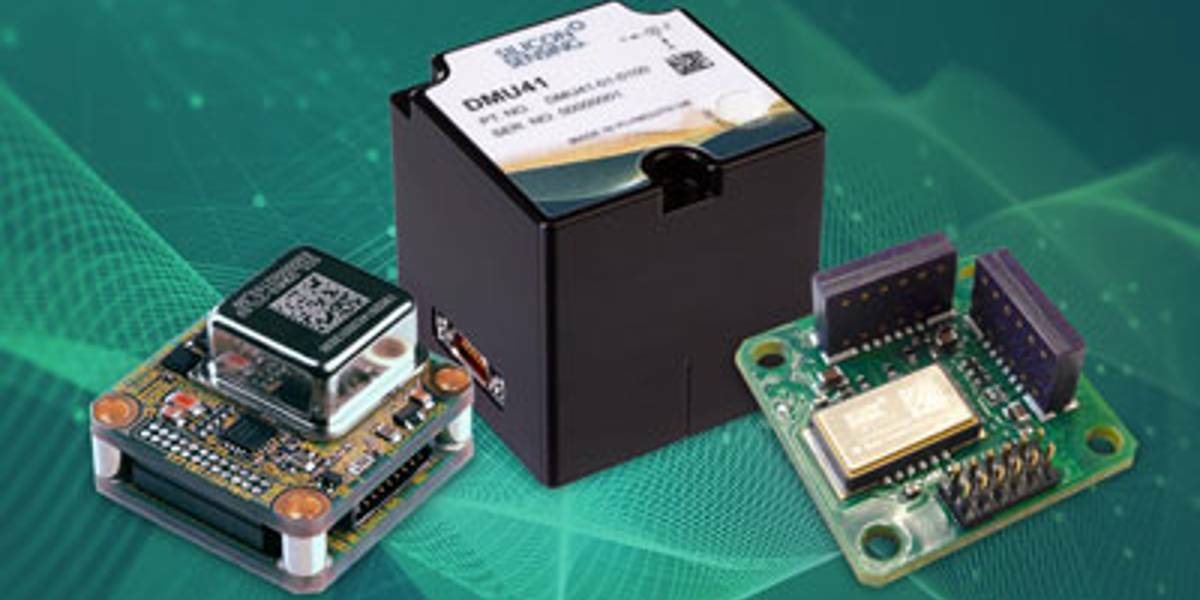At Oceanology International in London this March Silicon Sensing will exhibit its new, compact MEMS-based products, including the DMU41 - the highest performing silicon MEMS (micro electro-mechanical systems) inertial measurement unit (IMU) on the market.
Also featured will be two inertial sensors that deliver the new levels of performance in the toughest marine environments.
DMU41 is a non-ITAR, high-performance, tactical grade inertial measurement unit (IMU) measuring just 50x50x50mm and weighing less than 200g. It also consumes significantly less power than its predecessor, the DMU30, yet delivers a performance that competes directly with heavier, larger, and more costly, fibre optic gyro-based products. This IMU is ideal for use in activities such as unmanned vehicle control and navigation and in precision surveying and mapping.
Steve Capers, General Manager of Silicon Sensing comments: “Silicon Sensing specialises in compact, high-performance inertial sensors and systems. In the DMU41 our engineering team has achieved an extraordinary 54% reduction in volume and a 42% lowering in weight compared with the previous generation IMU. These are dramatic reductions and mean DMU41 brings real, sustained precision motion sensing to the most compact marine platforms and the most restricted applications for the first time. “
Also on display will be a new, compact, stand-alone single axis gyro – the CRH03. This sensor is ideal for tasks such as maritime platform stabilization, guidance and control and precision surveying and is also non-ITAR restricted and significantly lower power consumption than its predecessor (30% less than the CRH02). CRH03 incorporates new drive electronics and improvements to the sensor head that make it highly tolerant to external vibration and able to deliver comparable bias characteristics to FOG (fibre-optic gyros) and DTG (dynamically tuned gyros). It is available in five rate ranges, including a new option of 10 degrees per second.
The new CRS39A gyro, developed for use in applications such as downhole drilling and north finding, will also feature at the show. This upgrade to the established CRS39 unit is again a non-ITAR product. It has a 40% lower volume, achieved by moving to a single board from two, meaning it is far more easily installed in space-limited applications such as the 25mm diameter cylinders used in downhole drilling equipment. Upgraded micro electro-mechanical systems (MEMS) and electronics deliver significantly improved bias instability, angle random walk and noise and vibration tolerance whilst multiple on-board temperature sensors mean performance can be specifically tuned to the rigours of the most extreme operating environments.
Steve Capers, General Manager of Silicon Sensing continues: “With each of these new devices we are bringing new choices and opportunities for operators in the marine sector where there is a constant drive for better and more sustained performance in ever-more extreme surface and subsurface conditions.”

Subscribe to our newsletter
Stay updated on the latest technology, innovation product arrivals and exciting offers to your inbox.
Newsletter

